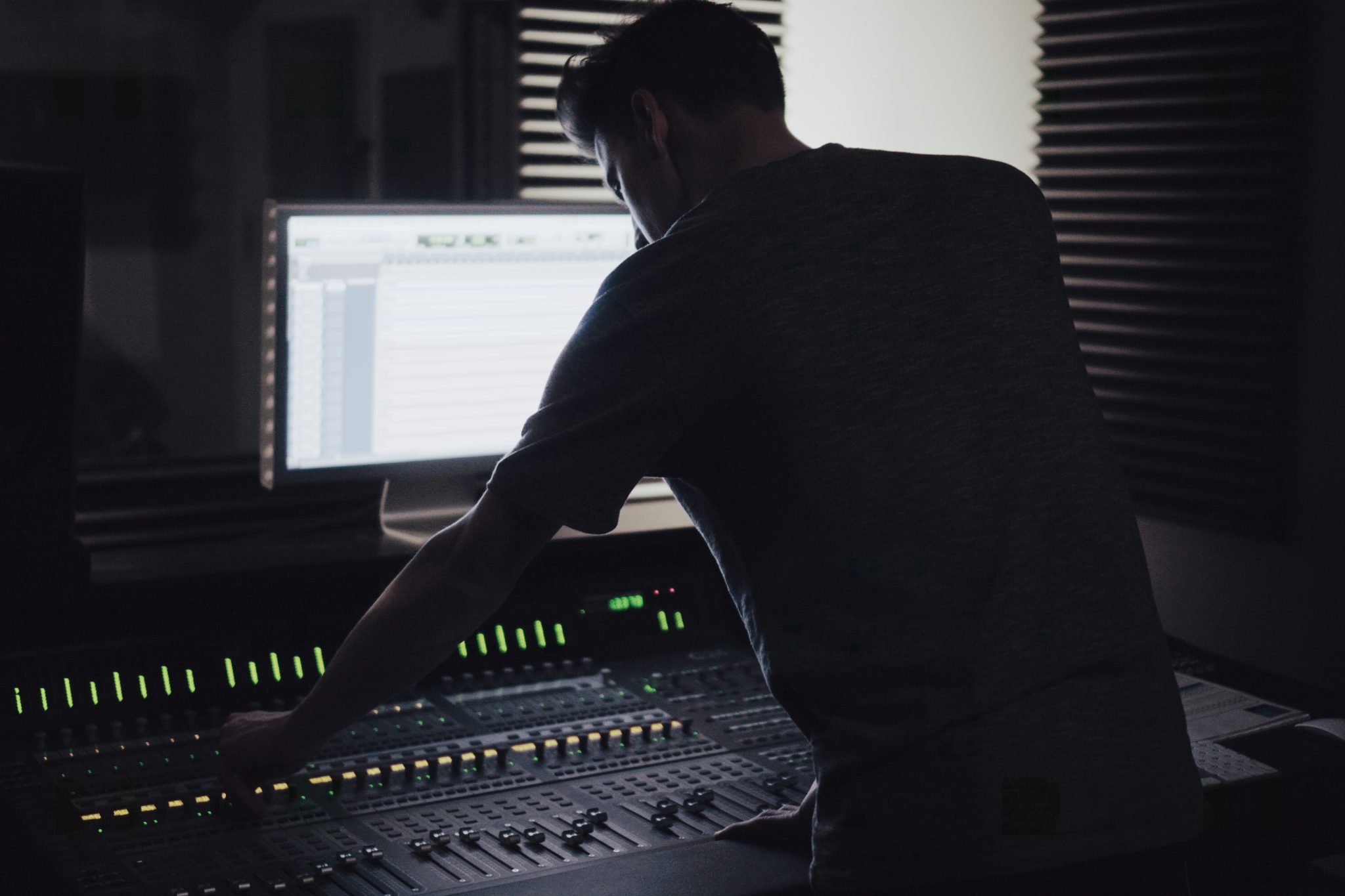Recording your podcast eliminating face-to-face meetings with people who collaborate on a daily basis or the participation of external actors to conduct interviews, could be one of the complications that haunt your mind right now. Due to the current situation caused by the health emergency in the world, for those who need to adapt their recording process, and who may not be used to doing it more remotely, I have put together a series of tips and tools that may be useful to you.
Ambient
For those who are not used to recording at home or while travelling, the first step is to try to find the most soundproof and compact space to record. Large areas with little furniture will create a lot of echoes, so you should think of smaller spaces with more “stuff” around them as they help muffle the sound. For example, a room will generally sound better than a kitchen.
Be sure to close the curtains if you are near a window.
Try to be as close to the recording device as possible without popping, that is, when an explosive sound causes distortion in the recording.
As for the interviews, remember to ask your guest or co-host to also find an optimal recording space or try to share with him/her a list with specifications so that the audio quality is not abysmal and matches as much as possible.
Tools
There are many ways to record interviews or chats remotely, and most of the most successful programs on our network do this on a regular basis. It goes without saying that the more stable your Internet connection, the better! Some free tools like Skype offer an excellent call recording option to capture your conversations.
They offer an excellent call recording option to capture your conversations. If you are recording a conversation remotely, it is advisable to record at both (or all) ends, so that you have several options. And, if you can take the feed from each source dry (so you don’t listen to other people) and sync them later, that will sound much better. Don’t forget to make sure you have permission from all parties to record any conversation.
If you have the budget to invest, consider recording platforms like Zencastr or Squadcast, or portable audio recorders like Zoom. They have multiple models for different budgets and you will get better audio quality.
If you have text content and you want to transform your text content or blog posts into an audio/podcast using realistic voices try Woord (https://www.getwoord.com/),
Equipment
The audio quality will obviously vary depending on the equipment you have available. If you don’t have or can’t access the right microphones, then headphones with a built-in microphone are definitely the best choice. Otherwise, test the audio quality of your computer and compare.
Keeping your community engaged
If the worst happens and you can’t record new episodes for a while, think about what you can do to keep your audience interested. For example, you could put together a compilation of the best snippets or content never heard before, or perhaps a blooper session. Or how about rebroadcasting a previous episode ?, especially if it has current relevance. If none of these options is possible, be sure to keep your listeners up-to-date through social media.
Also, through Staycast, a new Acast campaign that encourages people around the world to stay home during the coronavirus pandemic, you will be able to access Q&A sessions with renowned podcasters, live classes or tutorials, listener parties, live episodes, promotions on our paid packages and more.

